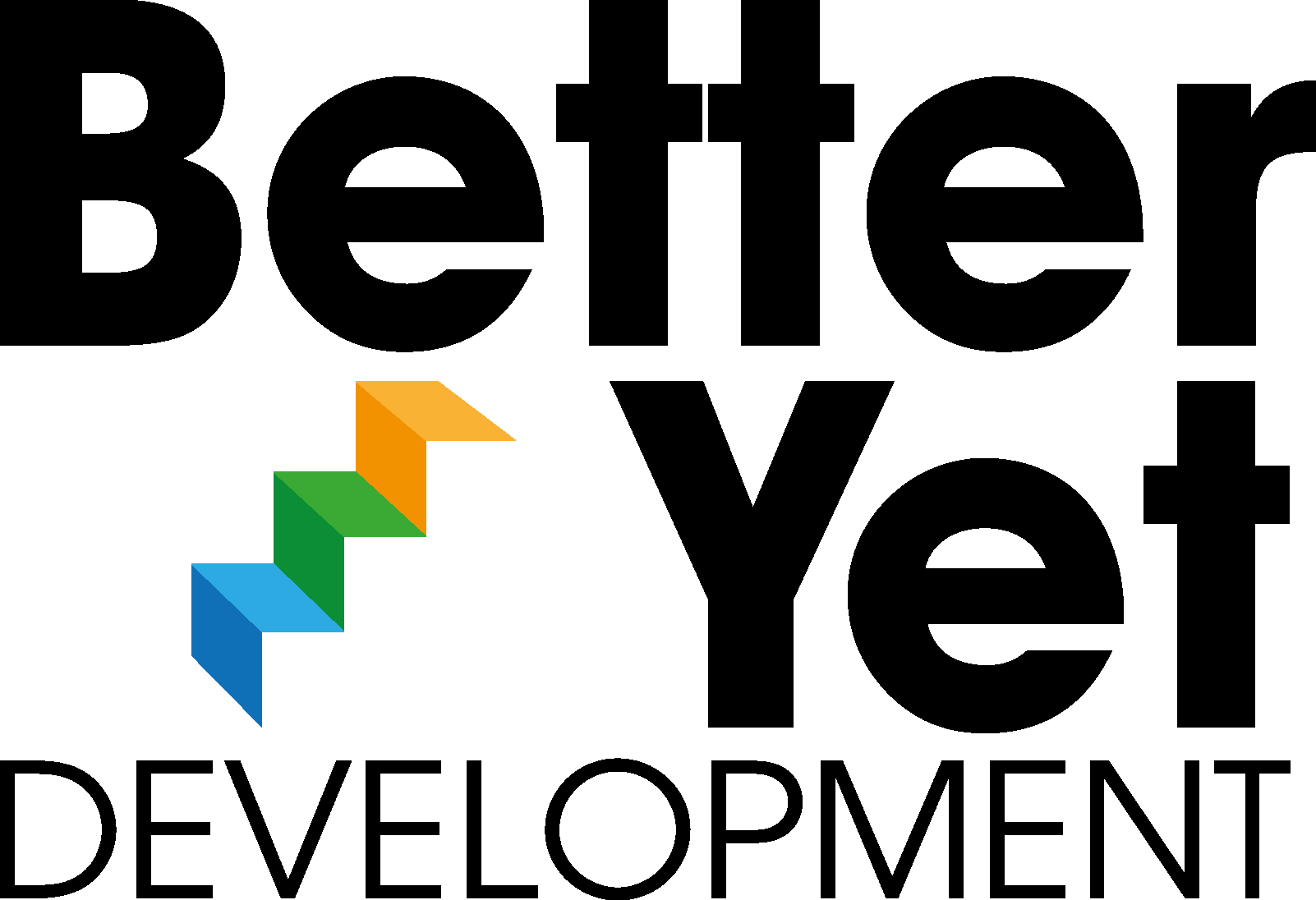Silo-ed working. When functions, divisions or departments work in their own worlds, not freely sharing or collaborating with colleagues in other parts of the business.
It seems to have been a major problem for ever.
Unintended cultures quickly form around working independently, withholding information, competing and not trusting. Beliefs drive behaviours. Over time and with reinforcement, these become habits, which once established are fiendishly difficult to unpick.
The consequences often include lower levels of innovation and engagement, with increased bureaucracy, duplication and inertia.
Heavily silo-ed organisations drain energy and limit success.
How silo-ed is your organisation?
Increasing complexity has probably led to more and deeper silos. I also suspect that pandemic working arrangements haven’t resulted in fewer silos.
I help organisations to change their cultures, increase collaboration and break down long-standing and unhelpful silos.
Here’s my silo-busting manifesto.
- It starts at the top. If the leadership are not aligned and collaborative there is almost no chance that the rest of the organisation will be.
- Leaders are best aligned behind a unified vision for the organisation.
- Leaders must role model the shift in mindset from “My division” and “My team” to “Our vision” and “Our organisation”.
- Goals and objectives for teams and individuals in different divisions can then focus on achieving unified organisational outcomes. Every objective should be set in this context so that all employees know that their work is contributing to the achievement of something beyond their team or division.
- Make the objectives of divisions and teams (and progress towards those objectives) visible to all.
- Find ways to ensure that teams have common and shared objectives with other teams.
- Set measures for silo-busting progress and make senior leaders accountable for achieving the metrics.
- Behaviours that increase collaboration to achieve shared objectives should be incentivised. In fact, leaders should go out of their way to identify, share and reward examples of behaviour that increases collaboration across teams and divisions.
- Behaviours that reduce collaboration and negatively impact the achievement of shared objectives should be managed. Quickly.
- Managers should be skilled and confident in setting behavioural objectives and managing behavioural performance.
- Establish a mechanism for resolving disputes between teams or divisions. Ensure all teams and leaders are trained in its use. Have an escalation path that is clear and quick.
- Resolve issues between teams or divisions as soon as they become apparent.
- Understand how trust works, how to recognise when it’s broken and how to systematically build and rebuild it.
- There should be people on every team who have a responsibility to connect with other teams and/or other divisions to share and gather relevant information. Outreach should be a standing agenda item for all regular team meetings.
- The unified vision should be referenced and reinforced through line manager one to ones, team meetings, divisional meetings and company ‘all hands’ – with progress illustrated and frequent examples of how collaborative work contributes.
- All teams should have an up-to-date stakeholder map and be assisted in getting feedback from their most important stakeholders in the organisation.
- Work out precisely what blockages and inefficiencies are being caused by what silos and set up cross-divisional teams to fix specific blockages and embed new ways of working.
- Regularly bring cross-functional/divisional groups together to solve the organisation’s most pressing challenges and plan organisation-wide implementation of solutions.
- Focus development efforts on helping leaders, managers and employees better communicate with each other and understand each other’s professional language and priorities.
- Look for opportunities to provide cross-training, cross-divisional assignments or exchanges, mentoring experiences etc.
- Enshrine cross-divisional experience in senior promotion criteria.
- Promote curiosity throughout the organisation.
- If you have a set of organisational values, make sure that they encourage collaboration across teams, functions and divisions.
- Find and deploy the right collaboration software for your organisation, but don’t overdo it with multiple platforms. Also, remember that software alone is not a cure for silo-ed working.
- Actually, some degree of silo-ed working is inevitable – specialised work is necessary and people doing similar roles or in the same reporting line will cluster together. That’s OK. It’s the silo-ed behaviours of information and/or resource hoarding, lack of trust and internal competition that are not OK.
What would you add?

